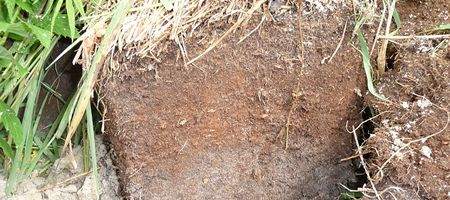Far from dooming us to runaway global warming, manmade carbon emissions may be saving us from an ice age fueled by carbon sequestration in peatland.

“We are probably entering a new ice age right now. However, we’re not noticing it due to the effects of carbon dioxide,” says University of Gothenburg researcher Professor Lars Franzén.
Over the past three million years, the earth has experienced at least 30 periods of ice age, known as ice age pulses. And the most recent – the Little Ice Age of the 16th to 18th centuries – may have been halted as a result of human activity.
“It is certainly possible that mankind’s various activities contributed towards extending our ice age interval by keeping carbon dioxide levels high enough,” he says.
“Without the human impact, the inevitable progression towards an ice age would have continued. The spread of peatlands is an important factor.”
Peatlands act as carbon sinks, meaning that they absorb carbon dioxide from the atmosphere, and currently cover around four percent of the earth’s land area. Each year, around 20 grams of carbon are absorbed by every square metre of peatland.
Using the National Land Survey of Sweden’s altitude database, Franzéncalculated how much of Sweden could be covered by peatlands during an interglacial – and found that, in theory, around half of Sweden’s surface could be covered by peat, increasing the carbon dioxide sink by up to ten times. The main reason it isn’t is human activity.
“There have been no emissions of fossil carbon during earlier interglacials. Carbon sequestration in peatland may therefore be one of the main reasons why ice age conditions have occurred time after time,” says Franzén.
“Our calculations show that the peatlands could contribute towards global cooling equivalent to five watts per square metre. There is a great deal of evidence to suggest that we are near the end of the current interglacial.”






